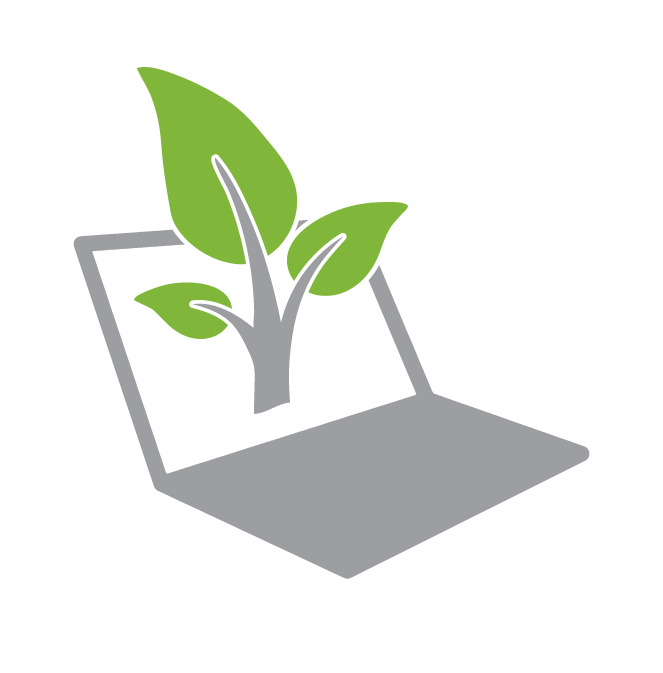The ubiquitous nature of the internet has made confident and fearless digital navigators out of the modern student. With a significant percentage of their existence spent connected—both at school and at home—children of all age groups have become incredibly fluent in the seemingly-complex language of the online experience. For better or worse, it’s not a trend that’s likely to subside anytime soon.
While the internet has had an abundance of positive effects on the education system—supercharging the entire learning/teaching paradigm with more dynamism and accessibility—there remains a duty of care for educators to ensure that a child’s online ventures are made safe. That means, safeguarding all students against any emotional stress or potential harm while using school-owned devices or while logged into school systems.
What measures can be taken?
The first step in this critical process is to implement web filtering software that restricts access to inappropriate or unsuitable web content. This, however, does not provide any form of blanket protection against some of the more nuanced safeguarding issues.
A number of filters, for example, do nothing to target the potential dangers of social media. Meanwhile, content hidden within email and cloud documents are not always flagged by the more unsophisticated filtering systems. They simply do not deliver meaningful data when it comes to tackling serious concerns like cyberbullying, self-harm, or early indicators of suicide risks. The crucial online intelligence just doesn’t reach the designated safeguarding leads or staff members that need it most. And that’s a problem.
Part of the issue stems from the ever-evolving nature of the internet. Parents and schools can do their utmost to block problematic sites on their networks, but it’s quite literally a never-ending battle. Hundreds of new websites are launched every minute, and not even the most vigilant adult, with unlimited spare time on their hands, can hope to block all of them.
It’s like trying to fix an aeroplane while it’s in flight.
There is the option of on-premise filters, but they are likely to make a sizable dent in your ICT budget and suffer from the perennial hardware pitfall of in-built obsolescence

Safe and Securly
But there’s an answer. Securly is a cloud-based solution that helps schools secure their networks and, ultimately, keep students safe.
Securly’s sophisticated AI software monitors student online activity and provides reassuringly granular results. From their search engine and social media habits, to the contents of their emails and cloud software. Unlike other limited filtering systems, Securly’s AI is alerted to a number of key red flags: including negative sentiments, any indications of bullying, self-harm, or suicide risk. This vital data is then sent to either school staff members or DSLs. The sheer speed of the response protocol gives the relevant bodies enough time to act quickly and decisively.
In addition, Securly uses a combination of advanced AI and online specialists, available 24/7, to virtually map students' mental and emotional mindset; reporting any dangers directly to the appropriate channels. These are absolutely fundamental safeguarding practices that any school should be considering for the security of their students.
It’s not just online activity where safeguarding specialists like Securly can be invaluable. As well as monitoring offline documents like emails and Google Drive content, Securly Auditor also uses highly-advanced screen and page scanning technology to detect nudity and pornographic images. Screenshots of webpages are examined using image-analysis AI which can trigger the blocking of individual pictures and pages from unsavoury sites.
Making a difference
There are other options available to your school, to further tighten the security of your networks and devices. Providers such as Barracuda offer a litany of services, all with the express aim of safeguarding students.For campus networks, for example, they offer the ability to block access to proxy servers; gateways that students might have tried to use to circumnavigate web security policies.
They also provide useful tools for teachers, such as Temporary Access for Students; a device which can be used for school research projects or any other self-directed classroom activities. An easy-to-use web interface which allows students to access content safely during independent learning sessions. Barracuda also has its own Suspicious and Sensitive Keyword Tracking and Cyberbullying Alerts, the database of which can be added to by teachers and DSLs.
Our mission...
Making the internet a completely safe place for children is an undeniably difficult, perhaps impossible task. Here at Computeam, we believe that to face these important challenges, it will require a fully-focused, multilateral approach from all parties. From teachers, governors and parents, to us as ICT providers: all efforts and resources must go towards creating a secure online learning environment for students.
With our vast experience and expertise in safeguarding networks and devices for use in schools, implementing the very best in software and technology, we can always find the right solution for your education needs. Please don’t hesitate to drop us a line for any help or advice on this fundamental issue.
Posted on October 5th 2021



 Learning Locker
Learning Locker Climate project
Climate project